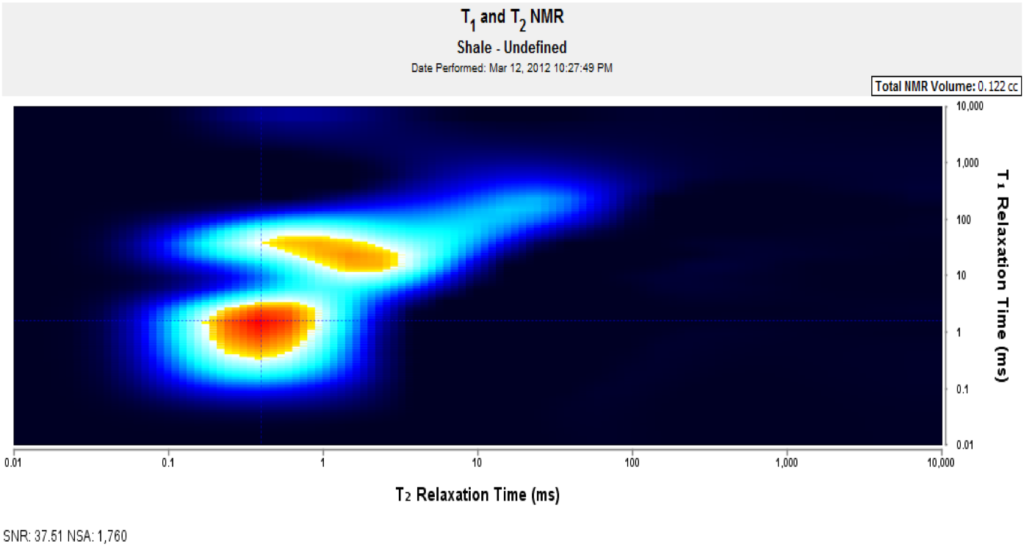有关: 地质学、岩石学和采矿
低孔隙度岩石的钻孔岩芯测井测量孔隙度、连通度和流体含量。
A detailed measurement of porosity, connectivity and fluid content is fundamental to the evaluation of a rock’s reservoir potential. Nuclear magnetic resonance (NMR) has for a long time been used in chemistry, physics and in clinical diagnosis, but has also been quickly taken up by the petroleum industry. A key advantage of NMR over more conventional logging techniques is that it is not so strongly affected by the mineralogy, but responds primarily to the presence of Hydrogen in pore fluids. Therefore it is an effective tool for measuring the volume, composition and distribution of key fluids in the rock, namely oil, gas and water. However, NMR has extensive capabilities and the latest GeoSpec NMR systems from Oxford Instruments and Green Imaging Technologies can quickly and accurately determine a host of other key parameters, such as the clay bound water (CBW), Free Fluid Index (FFI) and Bound Volume Irreducible (BVI). With the recent shift towards oil and gas exploration in shales, NMR analyses have become more challenging due to the lower porosity and significantly smaller pore size compared to sandstones. However, software and hardware developments have increased both sensitivity and resolution, and have resulted in the GeoSpec range becoming the petroleum industry standard for routine NMR core analyses.

The image above is a NMR T1-T2 map of a shale sample collected using the GeoSpec NMR system. The different clusters indicate 2 different fluid signals, and the difference in T1/T2 ratio can be caused by a viscosity contrast, such as between heavy oil and water.
 公安机关备案号31010402003473
公安机关备案号31010402003473